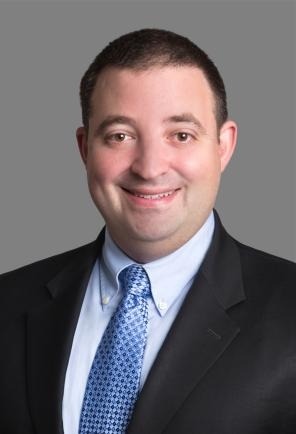Navigating Chapter 11 First Day Tax Motions in the Midst of Ambiguity
Benjamin Franklin said it best: “In this world nothing can be said to be certain, except death and taxes.” However, in the bankruptcy world, there is little certainty even when it comes to taxes. The inherent ambiguity surrounding Chapter 11 bankruptcies – Which creditors get paid first? Will there be enough money or assets to go around? – may make creditors nervous and leave “responsible persons” exposed. One way debtors and responsible persons can prepare for inevitable uncertainty is through careful pre-petition planning and the strategic use of First Day Tax Motions.
Responsible Person Liability
Many states have provisions in their tax law that hold responsible persons personally liable for certain unpaid taxes of the debtor. In most states, responsible person liability is limited to trust fund taxes, which are taxes collected and held “in trust” on behalf of the state until remittance (for example, sales tax), whether collected or uncollected. However, in a handful of states (for example, Michigan), responsible person liability applies to all unpaid taxes of the debtor.
As such, it is important to identify those who may be considered a responsible person. Like the scope of responsible person liability, the definition of responsible person varies by state. Therefore, it is necessary to look at the law in each state in which the debtor may have a tax liability. Common definitions include:
- An individual who has ultimate authority for the decision not to pay the trust fund taxes,
- An individual who has the effective power to pay the taxes,
- An individual who has the authority to direct payment of creditors,
- An individual who has significant control or authority over the business finances, or
- An individual who has control over the allocation of funds.
The common theme, regardless of the jurisdiction, is that the definition of responsible person generally includes persons that a debtor looks to help run the business (both before and during bankruptcy).
The Automatic Stay & First Day Tax Motions
Perhaps the linchpin of bankruptcy law is the concept of the automatic stay. Effective immediately upon the filing of the debtor’s bankruptcy petition, the automatic stay is designed to give the debtor a breathing spell from creditors by stopping all collection efforts and foreclosure actions. However, the automatic stay not only bars creditors from collecting pre-petition liabilities; it actually prevents the debtor from paying pre-petition liabilities without seeking approval from other creditors and the express permission from the bankruptcy judge. This can leave responsible persons particularly exposed, especially for unpaid state taxes that are not eligible for discharge and continue to accrue interest through the Chapter 11 bankruptcy process. While the automatic stay shields the debtor from creditor collection efforts, responsible persons do not share this protection. If a debtor does not, or cannot, pay pre-petition taxes as they come due, states taxing authorities are free to proceed against responsible persons pursuant to state law. The bankruptcy court can do little to intervene. In fact, at least one bankruptcy court has held that the state taxing authority did not need to try to collect the tax from the debtor before proceeding against the corporate officers.
To reduce the exposure for its responsible persons, debtors can request that the automatic stay be lifted in regard to certain pre-petition tax liabilities through First Day Tax Motions. First Day Tax Motions allow debtors to request the discretion to pay certain pre-petition tax liabilities as they come due. Permitting debtors to continue to pay pre-petition tax liabilities, as they would outside of the bankruptcy, greatly reduces the likelihood that state taxing authorities will be compelled to initiate collection efforts against the debtor’s responsible persons. However, to be truly effective, the First Day Tax Motions have to identify all of the liabilities that the debtor is seeking permission to pay. Otherwise, other creditors can, and will, object to the payment of a pre-petition tax liability that was not covered by the First Day Tax Motion.
Alvarez & Marsal Taxand Says
The importance of pre-petition planning and strategic First Day Tax Motions should not be overlooked. Debtors are advised to review their state tax filing profile and conduct a nexus and sales tax taxability analysis to identify pre-petition state tax liabilities and responsible person liability exposure. Once ascertained, debtors should employ their pre-petition planning thorough First Day Tax Motions. As a best practice, debtors should request the discretion to pay all identified pre-petition state tax liability. Additionally, the inclusion of a catch-all provision authorizing a debtor to pay a certain amount of unanticipated or unknown pre-petition tax liabilities provides further protection for responsible persons.
A&M can assist debtors in identifying pre-petition state tax liabilities and advising on First Day Tax Motions to alleviate their uncertainties surrounding bankruptcy, thus helping them protect the people they are relying on most to steer them through and out of Chapter 11 bankruptcy.








